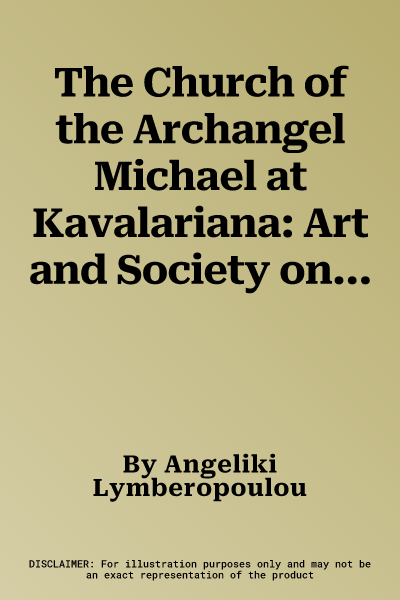Dr Angeliki Lymberopoulou lectures on Byzantine Studies at the Open
University, and is an expert on the art and society of
Venetian-dominated Crete (1211-1669). During this period, Crete was
perhaps the most important Venetian stronghold in the Mediterranean .
The traditional view that there was little cultural interaction between
the native Greek Orthodox population and the Venetian colonists has
recently been cast in doubt. From the early fourteenth century onwards,
the two ethnically and religiously different inhabitants of Crete formed
in fact a hybrid society, and Cretan artistic development reflects this
progress. The book focuses as a case study on the church of the
Archangel Michael at Kavalariana. This is a small church in the village
of Kavalariana on the south-western part of the island. It is dated by a
dedicatory inscription to the year 1327/28. The conservative
iconographic programme of the wall paintings inside the church consists
of seventeen religious scenes and thirty-three isolated saintly figures.
As the paintings are signed Ioannes, they have been attributed to the
prolific fourteenth-century Cretan artist Ioannes Pagomenos. A close
examination of the style and comparisons with Pagomenos' oeuvre suggest,
however, that Ioannes of Kavalariana was a separate artist with an
identity of his own. A unique feature of the Kavalariana cycle is the
pro-Venetian inscription which, in combination with the fourteen
portraits of the donors that appear in the church, forms an important
witness to Venetian/Cretan cultural interaction.

